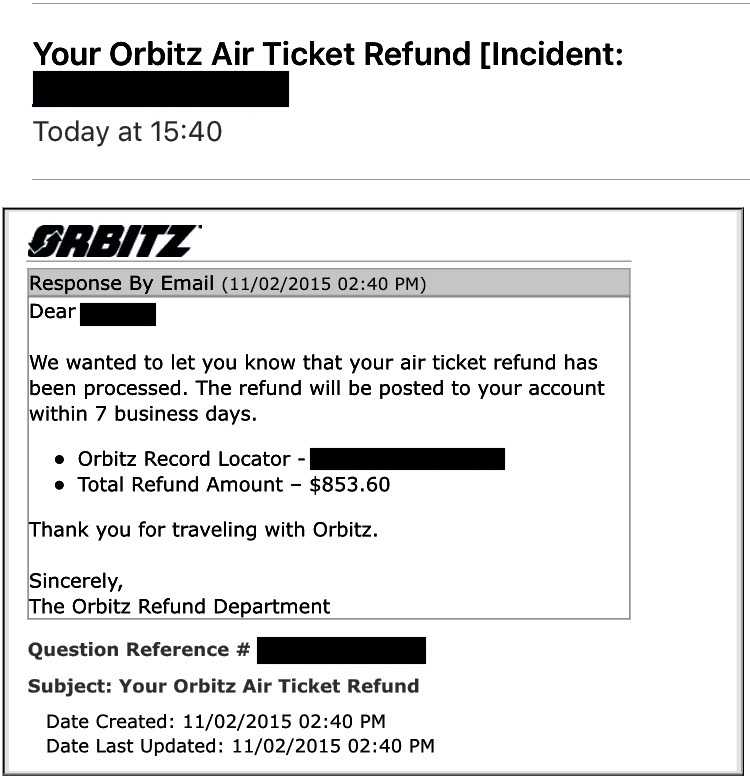Contents
Usually stocks with higher earnings growth potential have higher PE ratios. Therefore, we cannot use a single PE level across all stocks to infer whether the price is attractive or not. You should look at historical PEs of a stock and see if the current PE is near the higher end of the range or near the lower end of the range.

In the share market, the TTM means the Trailing Twelve Months, which is a term for the data from the past twelve months used for reporting financial figures. It tells the reader that the numbers on the statement reflect information from the preceding 12-month period ending on the last date of the month of the statement date. Investing.com – TTM reported on Wednesday third quarter erl-17407||earnings that beat analysts’ forecasts and revenue that topped expectations. It helps compare the performance of promising companies to help pick the most suitable investment option. P/E ratio is best to determine if anything is undervalued or overvalued. Lower the P/E ratio, it is better for the company and the potential investors.
What are Earnings per Share?
Preferential Allotment is the process by which allotment of securities/shares is done on a preferential basis to a select group of investors. CAs, experts and businesses can get GST ready with Clear GST software & certification course. Our GST Software helps CAs, tax experts & business to manage returns & invoices in an easy manner. Our Goods & Services Tax course includes tutorial videos, guides and expert assistance to help you in mastering Goods and Services Tax.
- Also, it is often recommended to opt for the weighted average number of common shares as the number of shares may vary over a given period.
- Sometimes, analysts prefer valuating trends that are spread over a long-term period, for example, the last years of earnings.
- If the valuation metric reverts to the mean value of 20X TTM, investors who enter now stand to earn nearly 14% annualized return over the next two years.
- You can embrace those growth expectations in the P/E ratio to assist evaluate slow growing and fast rising companies.
- Another thing to understand is that whenever there is a significant acquisition by a company, this pushes up its PE.
- In the Price earnings formula (P/E), ‘E’ stands for earnings, which is computed with the help of the EPS formula.
The trailing P/E ratio differs from the ahead P/E, which uses earnings estimates for the following 4 quarters or next projected 12 months of earnings. Any P/E ratio must be thought-about towards the backdrop of the P/E for the corporate’s trade. Used to research mutual fund or change-traded fund efficiency, TTM yield refers back to the percentage of revenue a portfolio has returned to buyers over the past 12 https://1investing.in/ months. This number is calculated by taking the weighted common of the yields of all holdings housed inside a fund, whether they be stock, bonds, or different funds. A greater P/E ratio shows that investors are keen to pay the next share price today due to development expectations in the future. For example, an organization with a current P/E of 25, above the S&P average, trades at 25 occasions earnings.
What is a good PE ratio?
As such only 23% of the Nifty 100 companies are heavily exposed to inflation risk. Also, the trailing P/E ratio is not reflective of real-time company scenarios. While trailing P/E ratios include the latest movement of the price of a company’s stock, the earnings used are still the last reported quarterly earnings. So, while the stock price that moves every few hours might capture the latest updates within the company, the trailing P/E ratio remains more or less constant as the EPS is dated. For this reason, some investors prefer the forward P/E over the trailing PE.

So, while P/E ratios are used to select stocks, careful estimation and relative assessment of the total ratio reap profits in the long run. A P/E will never be high if more people are not thinking about these stocks. This is one of the main reasons why some stocks are overvalued or sell at a premium. So one should always remember the management quality before investing for good returns. For an investor who is primarily interested in a steady source of income, the EPS ratio can tell him/her the room a company has for increasing its existing dividend. Although, EPS is very important and crucial tool for investors, it should not be looked at in isolation.
Earning per share is calculated by dividing total earning of a company by total number of outstanding equity shares. Earning per share is calculated for a particular time period ranging from a quarter to a year . If the income is generated through the one-time payment as operating income as per GAAP, it could shoot the EPS upwards.
Examples of Trailing returns
If a company’s earning per share is lower than zero, then the stock can have a negative P/E ratio. However, if any company has a consistent negative P/E ratio then it is not generating enough money. Suppose an organization is going through a low price to earnings ratio.
If the stock is trading near the lower end of the range then it can be a good investment opportunity subject to other factors which we will discuss later. This financial measure is sometimes overlooked by buyers who are focused more on a company’s profitability and ability to generate EBITDA. The retained EPS is ttm meaning finance calculated by adding the net earnings to the current retained earnings and then subtracting the total dividend paid from it. The remainder is then divided by the total number of outstanding shares. EPS indicates the company’s profitability by showing how much money a business makes for each share of its stock.
Business owners may opt to use the retained earnings to pay off existing debts, for expansion purposes or may keep it as a reserve to meet future requirements. Earnings per share can be defined as that share of a company’s profit that is distributed to each share of stocks. Further, it is considered to be a significant financial parameter as it helps to gauge a company’s financial health.
The price/earnings ratio is often referred to as P/E and is calculated as the stock’s current price, divided by a company’s trailing 12-month earnings per share . Refers to the proportion of revenue the fund portfolio returned to buyers over the past 12 months. Trailing Twelve Months is a measurement of a company’s financial efficiency used in finance. It is measured by utilizing the earnings statements from an organization’s stories , to calculate the revenue for the twelve-month period immediately previous to the date of the report. This figure is calculated by analysts because quarterly and interim stories typically show solely income from the preceding 3, 6 or 9 months, not a full 12 months. Higher inflation implies lower price-to-earnings multiple, which explains the sharp drop in share prices.

For learning about proprietary desk, the concept of proprietary trading needs to be first understood. HG Infra issue looks fully priced compared to peersHG Infra Engineering is an engineering, procurement and construction player. Since the EPS ratio tends to depend on the type of earnings that have been used to arrive at it, it is vital to achieving familiarity with them in general. In medical, the TTM means Targeted Temperature Management, which is previously known as protective hypothermia or therapeutic hypothermia. By entering your personal details, you hereby authorize Mirae Asset Mutual Fund and/or its authorized service provider to contact you and this will override any NDNC registration made by you.
Download ET App:
This is at the index level; better stock picking can deliver potentially higher returns. Rolling returns will give the overall yield of the fund over some time at specific intervals which will help the investor to choose the best fund in terms of performance and consistency. Though we mostly see the data in terms of trailing returns by fund houses and sites, rolling returns have also started gaining popularity among investors of mutual funds. A growing dividend makes a inventory extra useful to investors and should push up the inventory price.
The ratio reflects the willingness of the market to spend for the current and future organizational operations. If there is a high price to earnings ratio, the market would have a positive impression of the organization’s growth potential and would likely spend much. Generally speaking, a high price to earnings ratio reflects high earnings growth expectations by investors.
TTM PE can also provide insight into whether the overall market or market index is too high or low when compared to past PEs. Trailing twelve months provides a business insights into its latest efficiency and current monetary health. It also reveals tendencies that can assist external stakeholders determine whether or not a business is growing or failing. Trailing twelve months is useful for business house owners, potential investors, collectors, financial analysts, auditors, and extra.
A lot of established companies go through this phase and this can be a cause of several reasons like environmental factor which is out of the company’s control. Another thing to understand is that whenever there is a significant acquisition by a company, this pushes up its PE. On the contrary, a lower PE may indicate bad news as it can signify serious issues being faced by the company.
